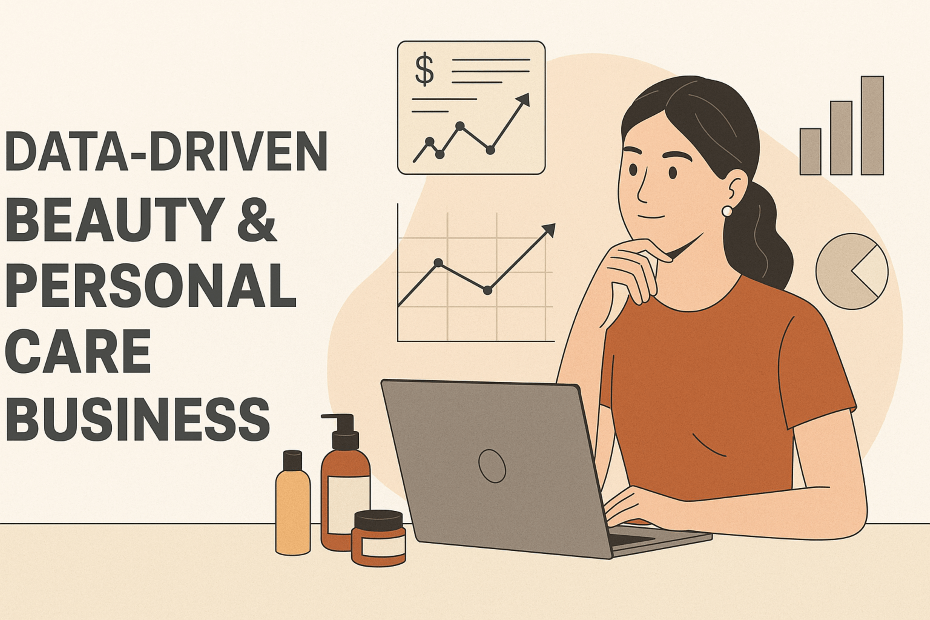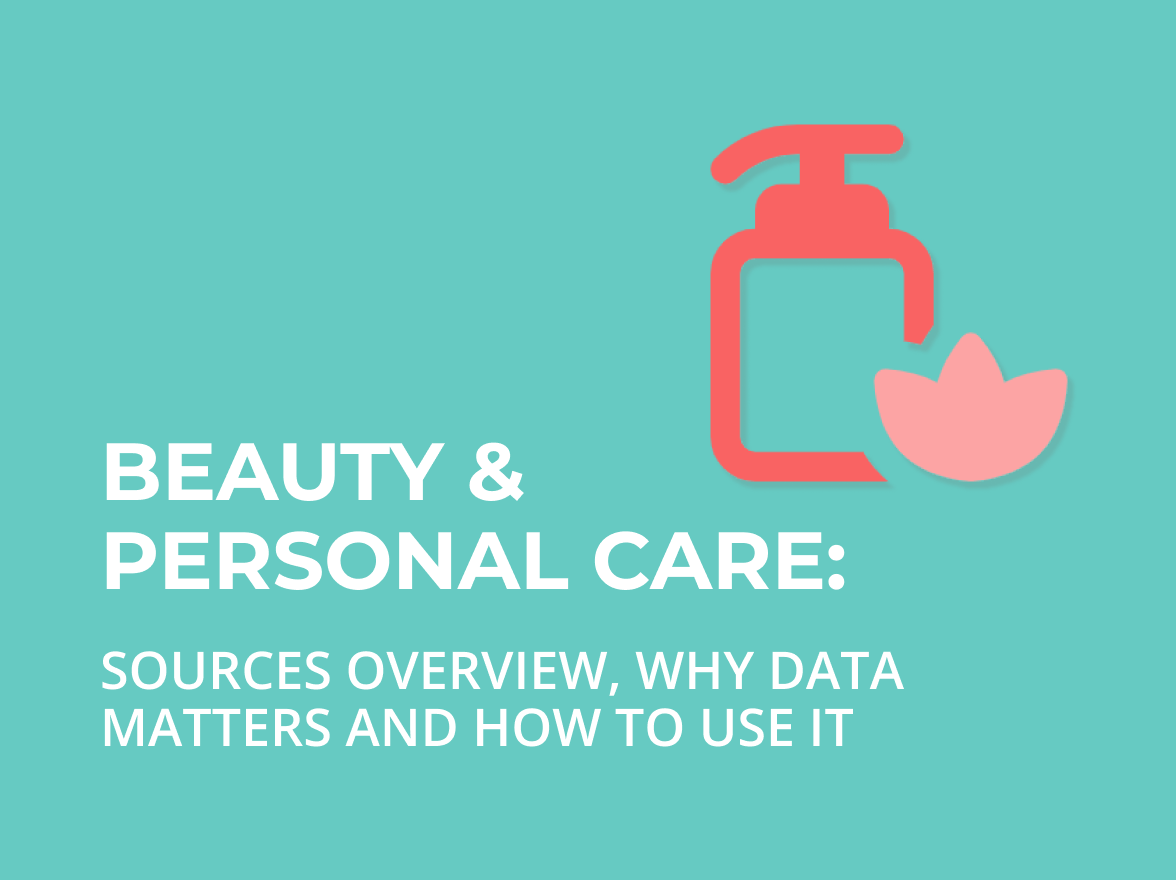Beauty & Personal Care: Sources overview, why data matters, and how to use it
The Beauty & Personal Care market is rapidly evolving — fragmented across private-label drugstores, prestige specialists, and fast-scaling e-commerce platforms.
The beauty and personal care industry is one of the most fast-moving and trend-sensitive markets in the world. With millions of products on the shelves and new trends emerging almost daily, the landscape is constantly shifting.
One week, everyone is obsessed with hair oiling rituals; the next, it’s infrared LED face masks, flavored lip balms, or makeup inspired by latte and strawberry tones. By the time you’ve caught up with one craze, another is already taking over.
This constant cycle of micro-trends makes the market both highly competitive and full of opportunity — but success depends on making decisions based on data, not guesswork.
Whether you’re a local cosmetics chain or a global powerhouse like Sephora, leveraging high-quality datasets helps you stay ahead of the curve, anticipate demand, and spot opportunities before your competitors do.

In such a highly competitive, trend-sensitive market, relying on intuition alone can be risky. Beauty is emotional, but business decisions need to be rational — and datasets bridge that gap.
Knowing your competitors’ pricing in real time allows you to adjust your strategy proactively.
Example: You notice a competitor drops the price of a bestselling lipstick by 15% ahead of Valentine’s Day. Using data, you match the promotion — but only for your top-selling shades — protecting your profit margins while staying competitive.
Track which products, brands, or categories are gaining traction.
Example: Dataset analysis shows a surge in sales for products containing “bakuchiol” (a plant-based retinol alternative). You expand your skincare aisle with bakuchiol serums before competitors catch on.
Before adding a product to your lineup, validate it with data.
Example: You’re considering adding Rhode Cosmetics to your stores. Data shows its core audience overlaps 70% with your current customers and pricing is in line with your mid-premium segment — confirming it’s worth the investment.
Launching a brand where it has no official distribution can be profitable — but risky.
Example: In Eastern Europe, there’s no official Glossier store. Data shows high online search interest for its “Boy Brow” product. You start importing small batches via authorized channels to test the market.
When creating your own product, datasets can guide decisions.
Example: You plan a makeup range but data shows the market is saturated with eyeshadow palettes, while cream blush sticks are trending. You pivot to blush sticks and launch them in shades most requested in beauty forums.
Datasets reveal micro-trends before they go mainstream.
Example: Social media mentions of “SPF in makeup” jump 40% in three months. You launch a BB cream with SPF50 before major competitors release similar products.
Overstocking ties up capital, understocking loses sales — datasets help find the sweet spot.
Example: Data shows that sheet mask sales jump by 30% during winter months in your market. You boost orders ahead of the cold season to meet demand without overstocking.
SSA Group offers datasets like the Amazon Beauty & Personal Care dataset, providing:
But Amazon data is not the limit here. SSA Group can provide you with data from any publicly available sources. You decide which sources you’d like to track and which attributes to include in your datasets — and we take care of the rest.
These datasets allow you to make evidence-based decisions, reduce risk, and increase the odds of product success.
In the beauty and care industry, data isn’t just an advantage — it’s a necessity. By analyzing competitors, tracking trends, validating launches, and identifying gaps, you can position your business to not only survive but thrive in this ever-changing market.
Those who master data-driven strategy will lead the next wave of beauty innovation.
To see the list of all available e-commerce datasets or request a custom dataset, visit SSA Datasets page.
And if you want to develop an automated custom market analysis tool, SSA Group can also do that for your business. Contact us!

The Beauty & Personal Care market is rapidly evolving — fragmented across private-label drugstores, prestige specialists, and fast-scaling e-commerce platforms.

When we talk about ecommerce, most minds immediately picture flashy gadgets, fashion, or home décor. But behind the scenes lies a titan of a category – Industrial & Scientific – quietly powering manufacturing, healthcare, research labs, infrastructure, and even backyard workshops.
you're currently offline